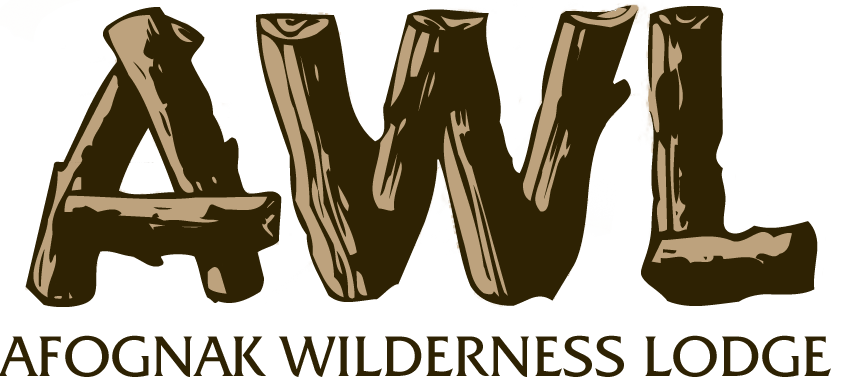Fun Facts About The Kodiak Brown Bear
Very few places in the world often the amazing wonder of Afognak Wilderness Lodge. From our unspoiled wilderness to temperate rainforest climate, a trip to Afognak Island is a once-in-a-lifetime experience that you will remember forever. Now that we’re entering the summer season, one of our favorite animals is emerging from hibernation: the Kodiak brown bear. These incredible creatures can weigh up to 1500 pounds, and can be seen in our pristine forest among the Sitka spruce trees.
Five Facts About the Kodiak Brown Bear
There’s plenty of common knowledge out there about the Kodiak bears, such as their hibernation patterns and favorite meal (fish, of course!) However, there’s lots more to learn about the world’s largest land carnivore.
Researchers are fascinated by the Kodiak bear’s ability to hibernate for 6-8 months (usually from October-May/June) without losing much bone mass or muscle tone. They’re also amazed by how these animals can sleep without eating, drinking, or going to the bathroom! Continued research on the bears may someday help astronauts during long bouts in space or even patients in hospitals that are bedridden.
Cubs stay with their mothers until they are around 3 years old, and then they venture out into the world on their own. However, these bears have the highest risk of death, and are more likely to engage . Also, over 25% of cubs die before leaving their mothers, and the leading cause of death is by cannibalism by adult male Kodiak bears.
Typically when bears mate and have offspring, it results in 2-3 cubs. If you ever see more than that, say around 5-6 cubs, it means that this mother may have “adopted” cubs from another bear!
Are bears vicious hunters? Not really! They’re kind of lazy in that they don’t like to hunt for their food, and eat a surprisingly large amount of grass and berries. Of course, you can spot them hunting fish in the rivers, but they rarely hunt down other mammals.
When the Natives used to hunt bears for food, clothing or tools, they wouldn’t use the head of the bear. Bear heads were left in the forest as a sign of great respect, so that the bear’s spirit can rise peacefully.
Book Your Stay Today
At Afognak Wilderness Lodge, you can enjoy incredible fishing excursions, whale watching tours and incredible wildlife viewing. To find out more about our lodge or to book your stay for our upcoming summer season, please contact us and we’d be happy to answer any of your questions. We look forward to meeting you soon!

